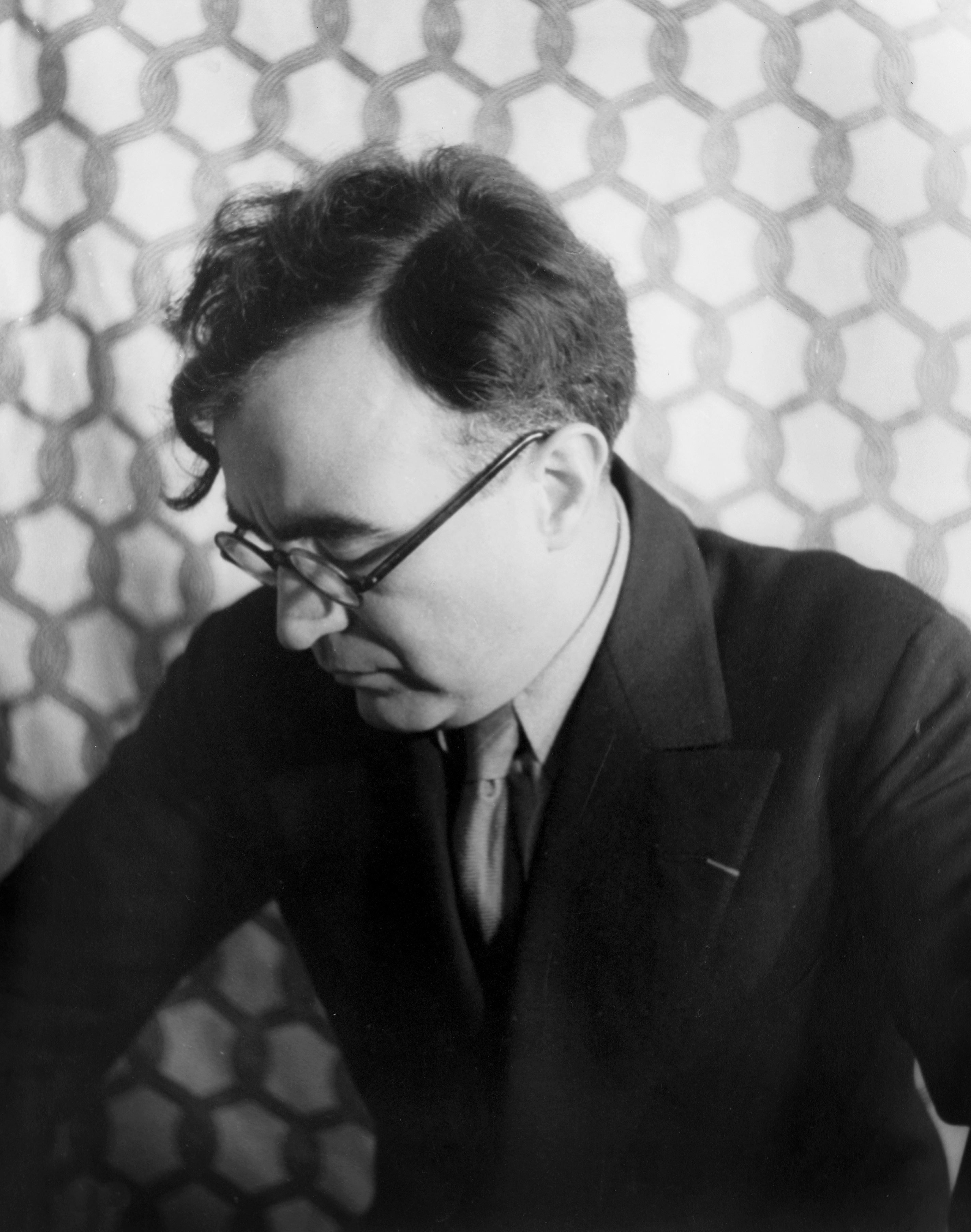Chavez << CHAH vehz >>, Carlos (1899-1978), was a Mexican composer, conductor, and educator. His distinctive style gave new vigor to Mexican music and spread its popularity internationally, making Chavez perhaps the most important influence on the musical life of Mexico in the 1900’s.

Chavez’s compositions blend elements of Mexican, Indigenous (native), and Spanish-Mexican influences. Many of his works reflect his interest in Mexican folk music. His most popular work is Sinfonia India (1936), based on three melodies taken from Indigenous tribes of northern Mexico. Some of Chavez’s compositions are written in a strong romantic style. The use of percussion instruments creates complex rhythms that became a dominant element in his mature compositions.
Chavez wrote seven symphonies, five ballets, four concertos, and an opera, as well as chamber music and many works for the piano as well as vocal compositions. Several of his pieces use Indigenous Mexican folk instruments. For example, Xochipilli Macuilxochitl (1940) is an orchestral composition that requires traditional drums.
Carlos Antonio de Padua Chavez y Ramirez was born on June 13, 1899, in Mexico City. He was trained to be a pianist. In 1928, he organized the first permanent symphony orchestra in Mexico, and he served as its conductor until 1949. He also directed the National Conservatory of Music almost continuously from 1928 to 1934 and the National Institute of Fine Arts from 1947 to 1952. In addition, Chavez was a music and art critic for a Mexico City newspaper. He published many essays on Mexican music. Toward a New Music: Music and Electricity (1937) was a major work on electronic music. While a guest professor at Harvard University in 1958 and 1959, Chavez gave a series of lectures that were collected in Musical Thought (1961). Chavez served as guest conductor for several major symphony orchestras in the United States. He died on Aug. 2, 1978.
